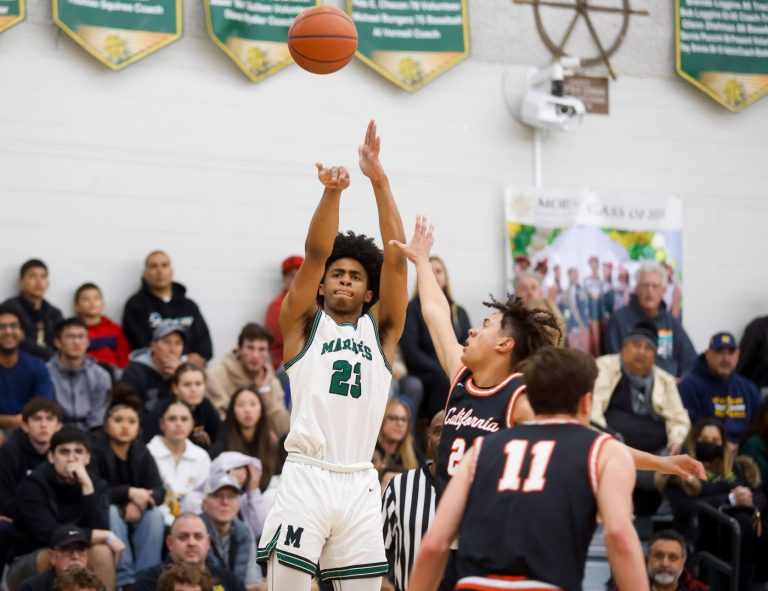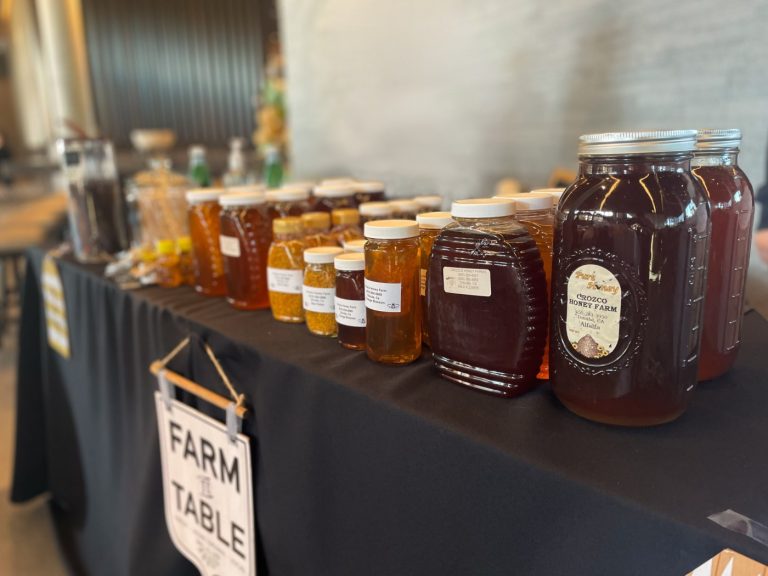DEAR JOAN: I live in a retirement complex where lots of people put out hummingbird feeders. My own feeder draws large numbers of hummers that drink a quart of liquid every four days. I use a four-to-one mix of water and sugar.
Recently, a neighbor found a dead hummingbird clinging to a branch of the bush on her balcony and then another one a week later.
I looked online and found that Candidiasis can kill hummers and that one cause is too much sugar. Are we killing hummingbirds with our feeders? Are we using too high a concentration of sugar? Should we just take down our feeders for good?
— David Labaree, Palo Alto
DEAR DAVID: Bird feeders represent a risk to our avian friends if they are not properly cared for. Mold in both nectar and seed feeders can make birds ill, and diseases can spread quickly at feeders that are not regularly cleaned.
Too much sugar in nectar is more of a long term risk of damage to the kidneys and liver. It’s important to use the formula of 4 parts water to one part sugar. Only white sugar should be used as a sweetener.
Anytime we start finding dead birds, even if we don’t know the cause, we should act on the side of caution and take down feeders for at least two weeks, then clean them well before refilling them.
The dead birds, however, might not have been dead at all. When the weather is cold, hummingbirds can go into a sort of suspended animation called torpor. They park themselves in a tree or shrub, hidden from predators, and lock their feet around a branch. Then they conk out for several hours, appearing dead to the world. Keep an eye on the bird for a day before doing anything.
Reader responses
Recent columns, most involving cats, have drawn quite a few reader comments and suggestions. Here’s a summary.
Saratoga cat that hasn’t been to the vet in 10 years: This letter from a woman who doesn’t believe her cat, Bizzy, needs to visit a vet because she’s not ill received a lot of mail from those who agreed with me that regular checkups are beneficial. However, some folks support the woman, saying that some vets look for reasons to do expensive tests, and that most of them are unnecessary and not worth putting the cat through the trauma of a visit. One reader, Ellen, offered a helpful suggestion: Find a vet that makes house calls, which at least removes the anxiety pets can feel when visiting the vet’s office.
Related Articles
Second reported case of bird flu in a person in the US confirmed
Bird flu is decimating seal and sea lion colonies. Scientists don’t know how to stop it
Hummingbirds: The tiny, mighty and amazing things they do
Mission San Juan Capistrano welcomes the Return of the Swallows
Letters: Protect the birds | Continued service | Reversed casualties | Trump precursor | Anyone else | Climate solution
Oakland cat prefers drinking from a cup: I received several letters from readers who say their cats do the same thing. One vet said the choice of a cup over a bowl could have to do with location. Cats don’t like their water sources too close to their food bowls. The vet suggests putting some distance between the two, if you’ve got the space. Great tip.
Berkeley cat knocking heavy objects onto his owner’s head: Reader responses on this one were mostly to chastise me for not noting that here in earthquake country, it’s not a good idea to have unsecured items above our heads. Readers suggested using Museum Wax and similar products to secure objects in place. So noted.
Animal Life runs on Mondays. Contact Joan Morris at AskJoanMorris@gmail.com.












